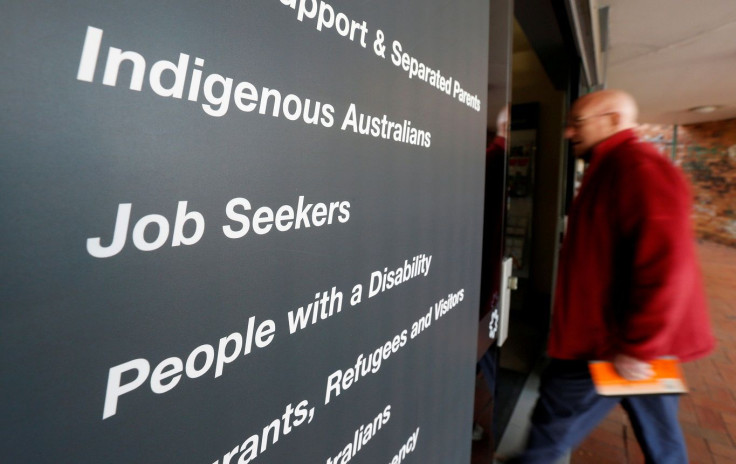Centrelink to hire 1,000 extra call centre operators

Centrelink will be hiring additional 1,000 call centre operators to help reduce the wait time of callers. Australia’s Department of Human Services master program receives more than one million telephone queries from welfare recipients every week.
Earlier this year, Centrelink’s annual report shows the telephone wait times averaged on 15 minutes and 44 seconds. While the time was still within its target of 16 minutes, it was still a long time to wait to talk to an operator, who could possibly transfer callers to another operator, depending on their concern.
Human Services Minister Michael Keenan said on Monday that they would hire a thousand more staff to handle calls. They will “help ease the burden on busy phone lines” especially during peak hours.
“We want to make sure that when you deal with the government, you get the best possible service,” he said. “We know the service that people have been receiving isn’t satisfactory, and we’ve been doing things to address that.”
The upcoming staff will be based in Australia but hired by private companies after a six-month trial of 250 call centre staff by Serco. Last year, the government contracted the multinational company to provide the additional 250 staff. Keenan said the move proved effective, which is why they were keen on looking to the private sector for help again.
“There is no reason why private operators can’t do it as effectively as permanent staff, and we’ve trialled this with the 250 people that we’ve already employed to do it, and we’ve had independent evaluations done that show this is an effective way to enhance our service delivery,” he said.
The new operators will only be employed for three years because Keenan believed that they would not be needed after that. An increasing number of Centrelink recipients, he said, prefer to use the computer in contacting the agency rather than call.






